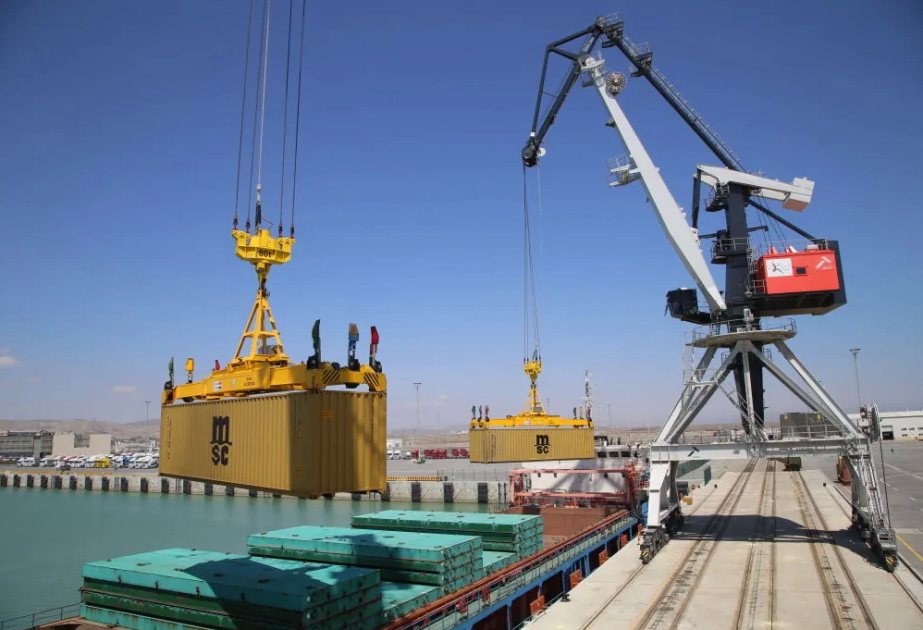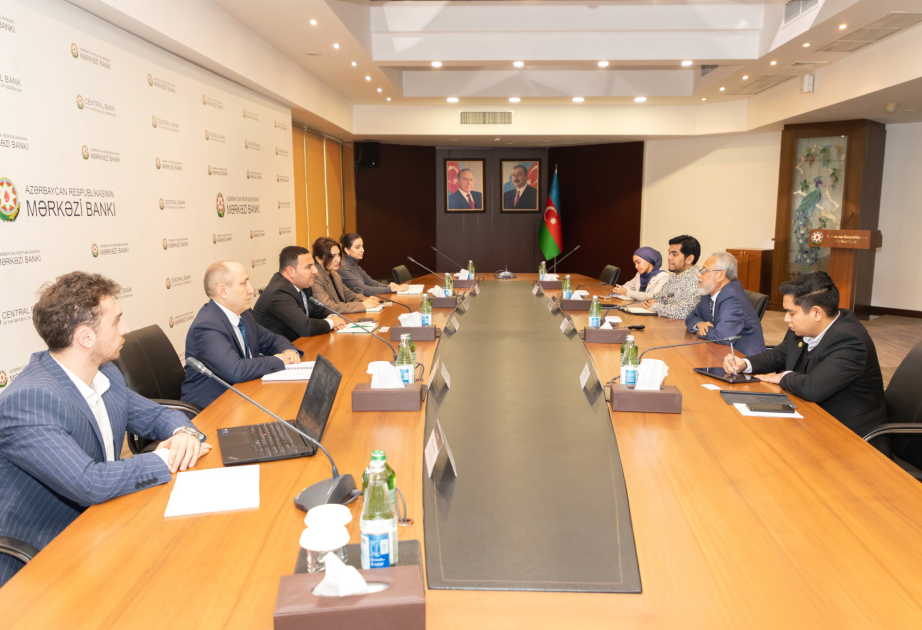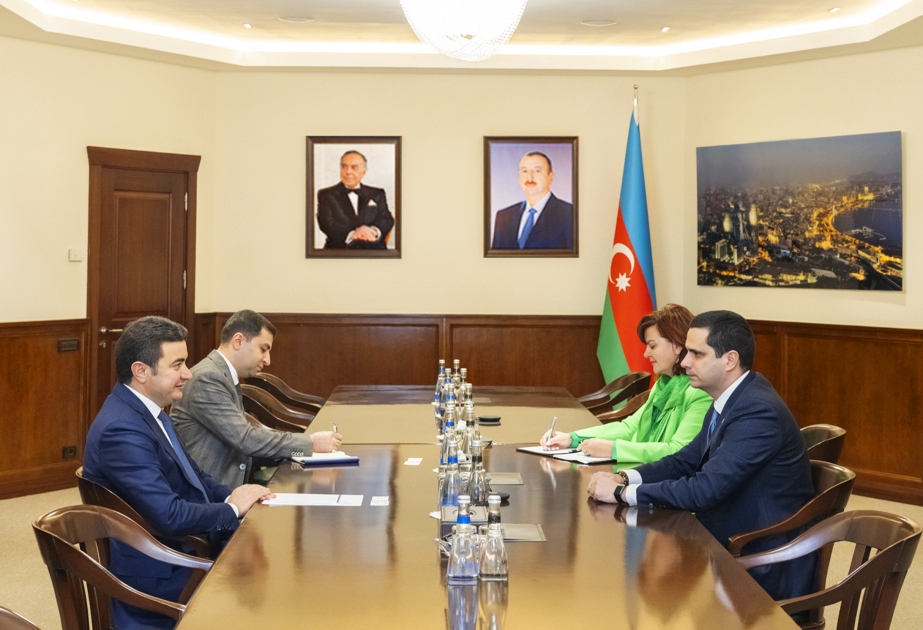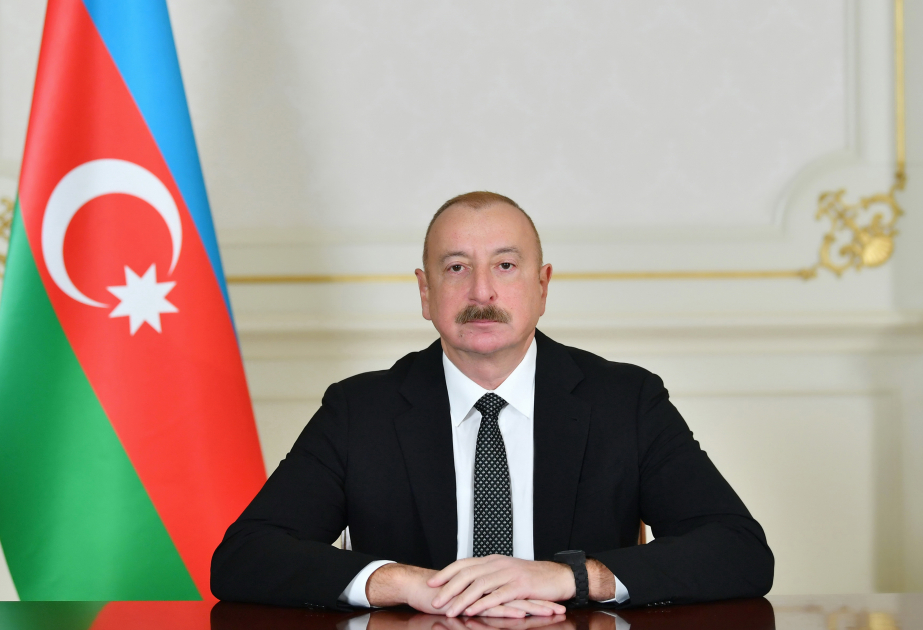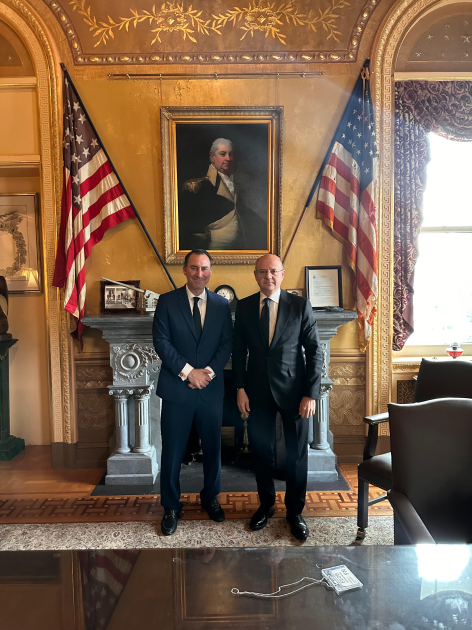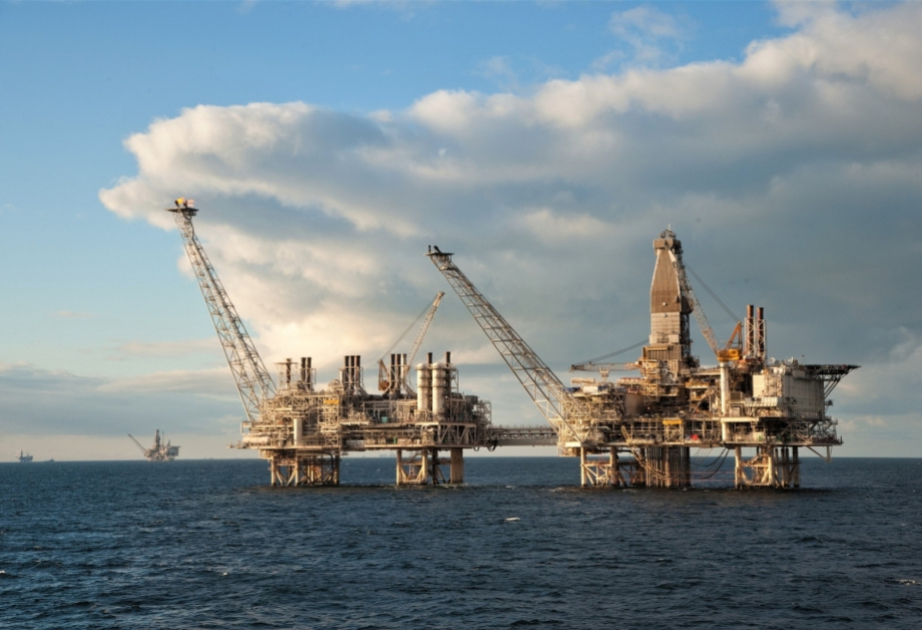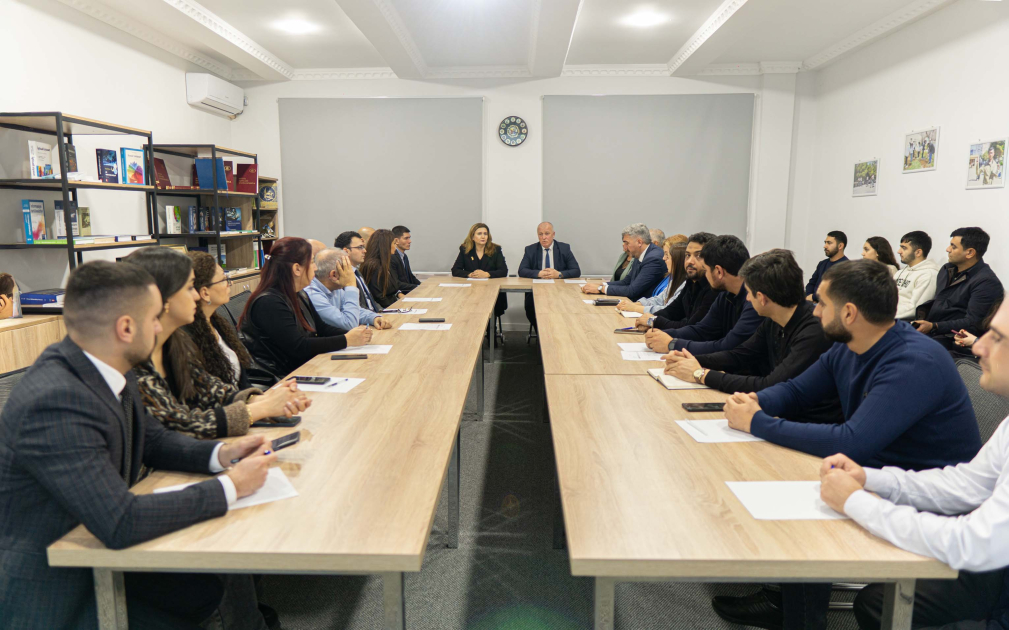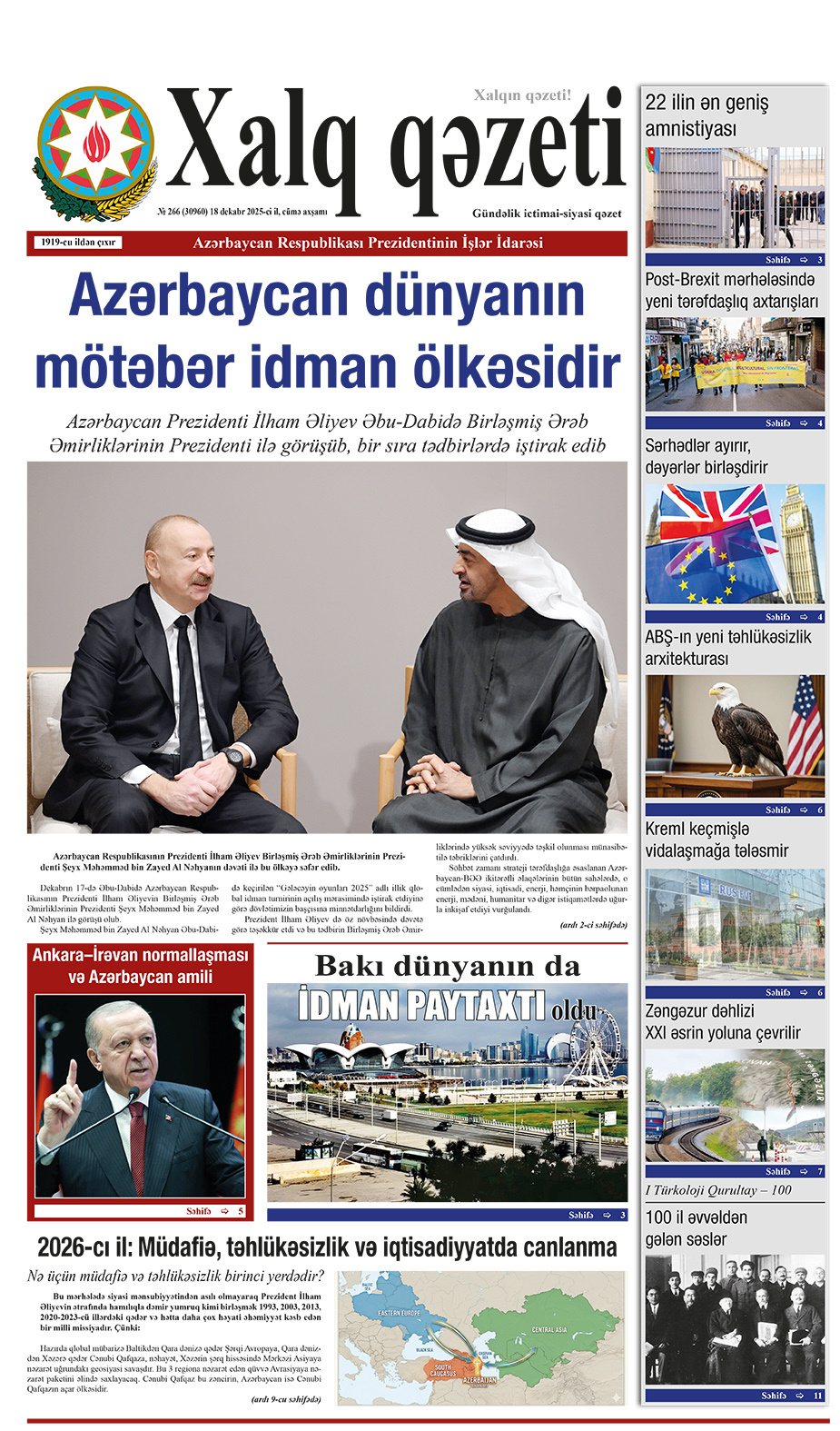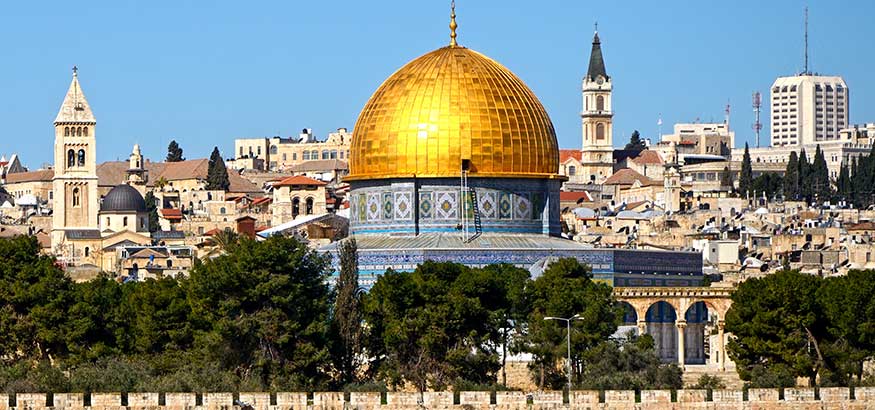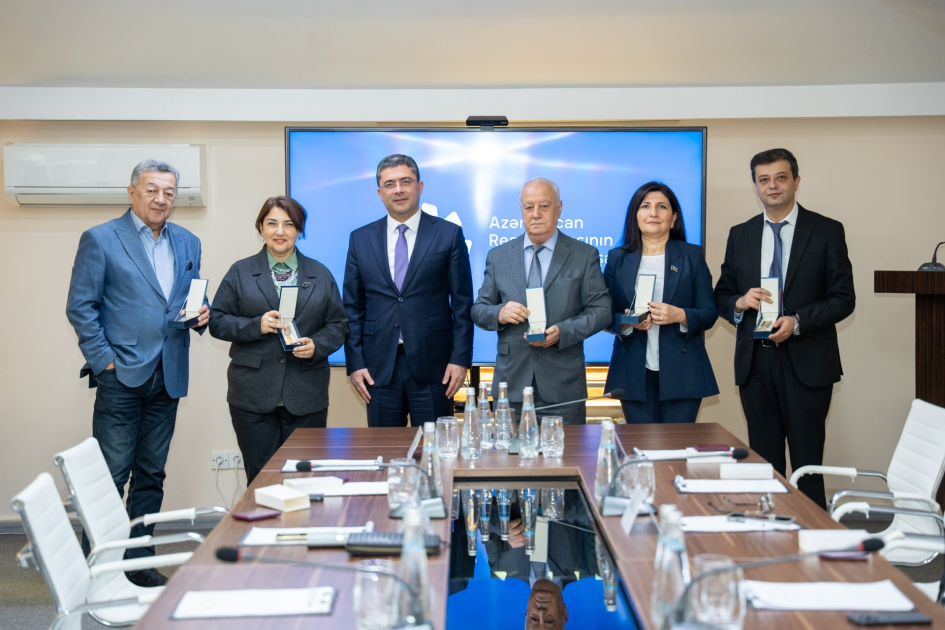The Coordination Platform of the Trans-Caspian transport route was opened in Turkmenistan this month. Henrik Hololei, Hors Class Advisor to the Directorate-General for International Partnerships of the European Commission, talked with Kazinform News Agency correspondent in Brussels what this event will bring to the development of an actual transport corridor between Europe and Central Asia.
“Well, this is a high priority project that we have with the Central Asian partners and beyond. And what we have accomplished over the last 16 months has been also quite remarkable. When we look back, we would have never thought that we are getting as far as where we are today because it all started with the publication of the EU financed study which was done by EBRD concerning the bottlenecks and the investment needs in the Transcaspian transport corridor,” he said.
“It was of course followed up by the very successful investors forum in January with more than 600 participants and of course a very high-level delegation from Kazakhstan where also the Central Asian countries had the opportunity to organize their own events to talk about the investment opportunities since the conference was also attended by the international financial institutions and private sector,” Henrik Hololei stressed.
He added that the European side had the launch of the coordination platform on the senior officials’ level in Astana on the 12th of June again all key countries were present. “Not only the Central Asian countries but all countries across the corridor which means the South Caucasus countries and Turkey as well,” he added.
“Since then, we have also started practical work we are holding workshops with the countries we had one also in September with Kazakhstan to discuss concrete priority for investment projects. Also, how we can bring the financial institutions and private sector but moreover the investments so that these projects can also materialize on the ground.
Now the last event was the high-level ministerial launch of the Coordination platform attended by EU Commissioner for international partnerships and high-level dignitaries which took place in Ashgabat and Kazakhstan again was very well represented on the level of the deputy minister of transport.
This event confirmed also a strong commitment from the political side to the work of the Coordination platform but moreover to the development of the Trans-Caspian transport corridor,” Hors Class Advisor to the Directorate-General for International Partnerships of the European Commission noted.
According to him, when one looks at Trans-Caspian corridor one needs to observe two things.
“First this is the corridor which connects Central Asia but even beyond I would say China Southeast Asia through Central Asia to Europe via the Caucasus or Turkey. This corridor has become highly relevant over the last years for various reasons and conflict in Ukraine has significantly decreased the use of the old so-called northern corridor. This is not great to bounce back any time soon. The European companies practically do not use it and do not intend to use it,” he emphasized.
In his words, there is also a very difficult situation when it comes to access to the Red Sea because of the Houthi rebels who affect the International Maritime trade. 40% of the International Maritime trade used to go via the Red Sea and Suez Canal coming from Asia. Now none of the big international European shipping companies, none of them use the Red Sea but rather go via the Cape of Good Hope of the western coastal Africa which adds to the journey something like 12 more days on average.
“The third of course is also the tensions which are there for quite some time and continue to be around the South China Sea which also is a very much used maritime route,” he pointed out. “Which also of course affects. This creates a situation where the Trans-Caspian transport corridor becomes highly relevant, and we can see that also in the statistics concerning the increase of the trade cargo but more specifically I would say the increase of the container traffic and container traffic is obviously which has the biggest potential. Where still there is a lot of improvement possible and the second aspect is the link and the integration of the Central Asian countries between themselves. To create better links so that they their cooperation using the transcripts transport corridor and creating also a new network of routes can support the regional integration as well as the economic development of the five Central Asian countries.”
According to Henrik Hololei, this route should become an adaptable, affordable and of course smart and sustainable, modern, effective, competitive, multimodal route which means also that the goods from the Chinese border to Europe should not be on the route more than 15 days.
“This is not an overly high ambition but today the problems are still there very much also stated to predictability. One day you can do it fast, maybe even you know less than 15 days. Normally not but let's say 20 days but the other time it can take 40 days. Of course, for the trade route for the economic route it's important to have a predictable time and big element that needs to be addressed would be related to the customs procedures and border crossing,” he stated.
“Our assessment was that the study put on the table the number of 16.5 billion EUR and that of course is needed for the corridor to be fully functional and effective, but this is going to take time. We have no more time to waste, that's why we are doing it now, but we will see the results not tomorrow but in five-ten years,” he said in conclusion.


